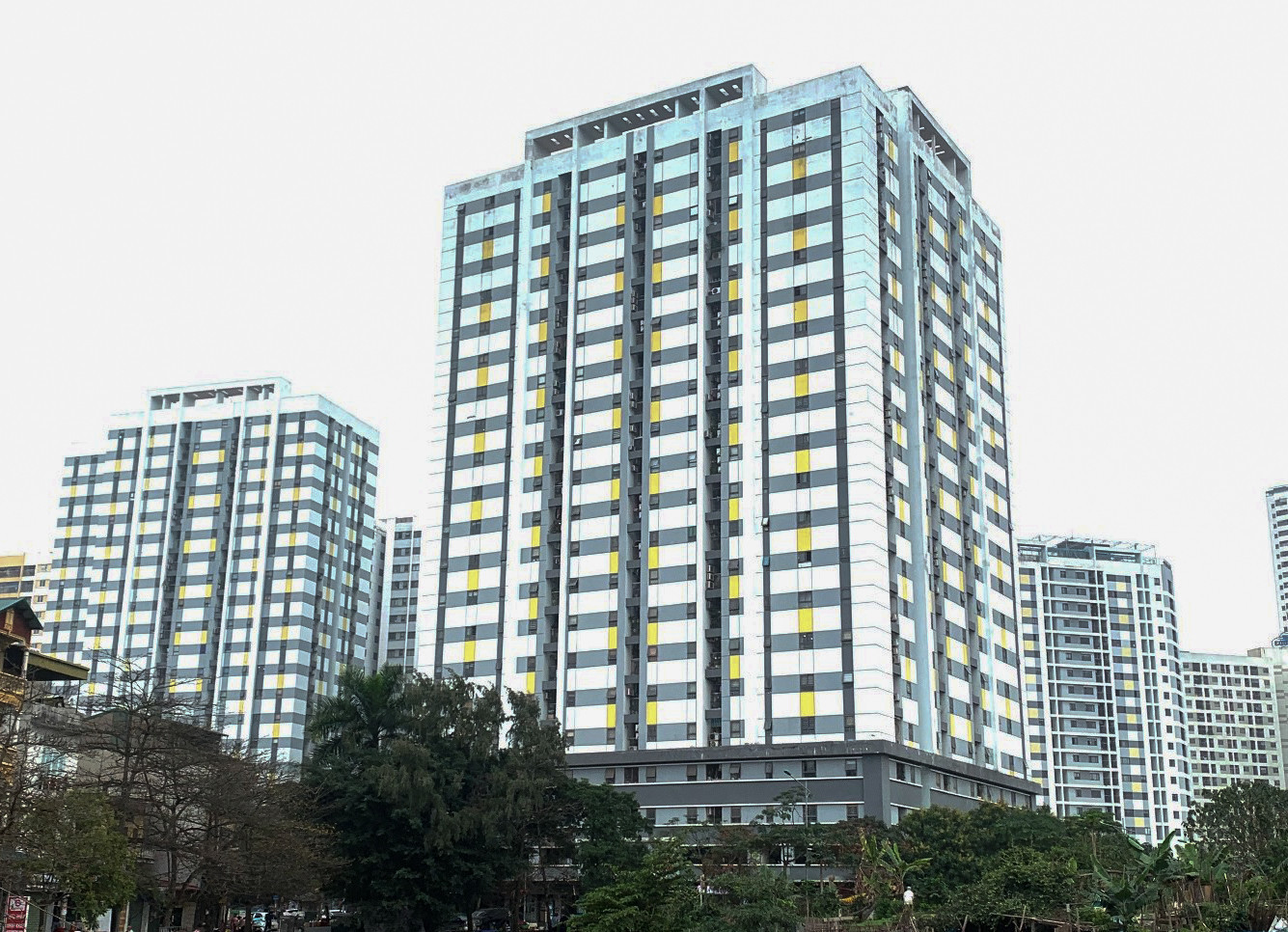
Cuong had to borrow money from relatives and many friends to buy the apartment, because his savings were not sufficient, and he could not access bank loans with high interest rates.
“I earn VND15 million a month and it’ll take me 166 months, or 14 years, of no food and expenses, to buy an apartment,” he explained.
The apartment Cuong bought is far from the central area of HCM City, 30-minute drive from district 1. The apartments of other projects nearer to the central area are priced at VND3-5 billion.
At The Global City in Thu Duc City, developed by Masterise Homes, which is one kilometer away from Flora Fuji, villas and shophouses are priced at VND33-50 billion per product.
According to Batdongsan, the apartments at Vinhomes Golden River Ba Son in district 1 are selling at VND100-150 million per sqm on average. A two-bedroom 68 sqm apartment is offered at VND7.5 billion.
Meanwhile, at The Rivus Elie Saab in Vinhomes Grand Park complex, also developed by Masterise Homes, which comprises 121 riverside villas, the selling prices are between VND250 billion and VND700 billion per product.
A report from HCM City People’s Committee to the Ministry of Construction shows that there are 124 commercial housing projects with 58,141 products under execution in the city. The number of projects (to take shape in the future) which satisfy requirements to sell last year was 21, with 10,780 products.
Meanwhile, there are only five social housing projects with 3,367 products under construction, which is just 1/17 of commercial housing projects. There was no future social housing project which could satisfy requirements to sell in 2022. The number of social housing products was zero. There were also no apartment projects for factory workers.
Analysts say that the real estate structure in HCM City cannot ensure the sustainable development of the market or social welfare.
In principle, affordable apartments should account for the highest proportion in the real estate market if considering people’s demand.
However, there is no affordable product in the market, while the proportion of mid-end apartments has increased from 26 percent to 30 percent of total supply, and high-end apartments have dropped from 74 percent to 70 percent.
Capital for social housing
Le Xuan Nghia, a member of the National Advisory Council for Financial and Monetary Policies, said according to the International Monetary Fund’s (IMF) standard formula four years ago, a Vietnamese needed 35 years to buy an apartment, but the figure has increased to 57 years.
Nghia calculated that the price of a common apartment product with two bedrooms in Vietnam is 50-60 times higher than the average salary of an employee in the industrial and service sectors.
Meanwhile, if a common man needs over 30 years of working to get enough money to buy an apartment, ‘real estate bubbles’ will appear in the market.
The real estate prices in Vietnam are overly high while the number of newly licensed projects is too small. To solve the problem, it is necessary to draw up the real estate market development strategy based on people’s demand.
Capital for the real estate market needs to be driven to the affordable market segment and more products need to be developed for the middle and lower income earners. If the accommodation demand of the majority cannot be satisfied, the economy may be brought to a standstill.
Dao Le Trang Anh from RMIT said that the State Bank of Vietnam (SBV) needs to set criteria for capable real estate firms to access credit to develop projects with full legal status; social housing projects; unfinished projects to increase supply and facilitate the recovery of the real estate market.
Nguyen Huu Huan from HCM City Economics University said that only real estate projects and social housing projects serving people’s legitimate demand should be funded. It’d be better to tightly control high-end market segments and prevent speculation, so as to reserve capital for the production and business of the economy.
Tran Chung